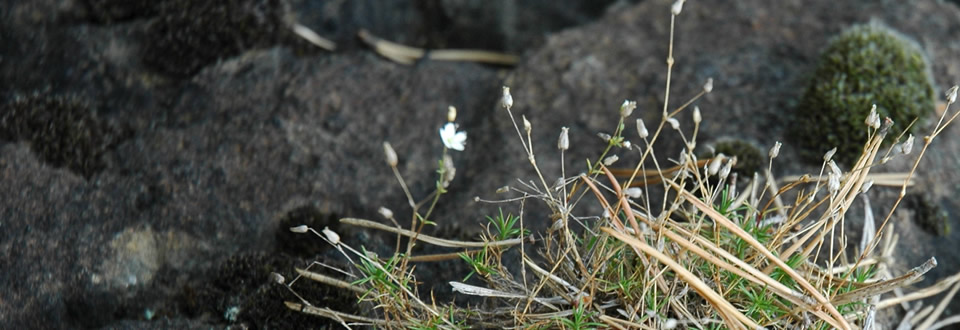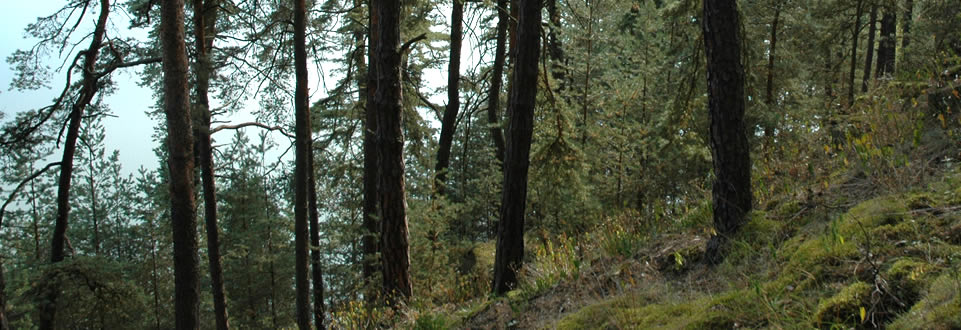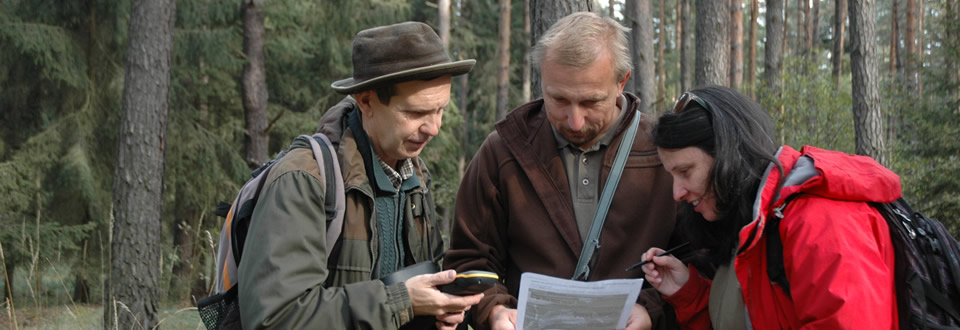Endangerment
The populations of endangered plant species including M. smejkalii on steep serpentine rocks are more or less stable over time, because this type of habitat is covered by very sparse vegetation, and serpentine species are not exposed to competition. In contrast, the less steep parts of the site undergo changes due to nitrogen fallout and technical interventions in the past. This leads to changes in the characteristics of soil properties (like increased humus layer in the soil profile, increased content of essential nutrients in the soil, improving soil moisture). This eventuates to the expansion of plant species with stronger competition abilities (e.g. Calamagrostis epigejos and Calamagrostis arundinacea) and causes negative impacts on populations of serpentine species. These problems are most pronounced in the central part of the NNM and in the parts DK3, B1, B2, where the abundance of serpentine species is constantly declining. The competitive species also spread along the water dam. This problem threatens especially in the part DK1, where the increased shading leads to an expansion of Vincetoxicum hirundinaria, that suppresses serpentine species. At several locations (B2, DK3) the priority species M. smejkalii is already extinct.








